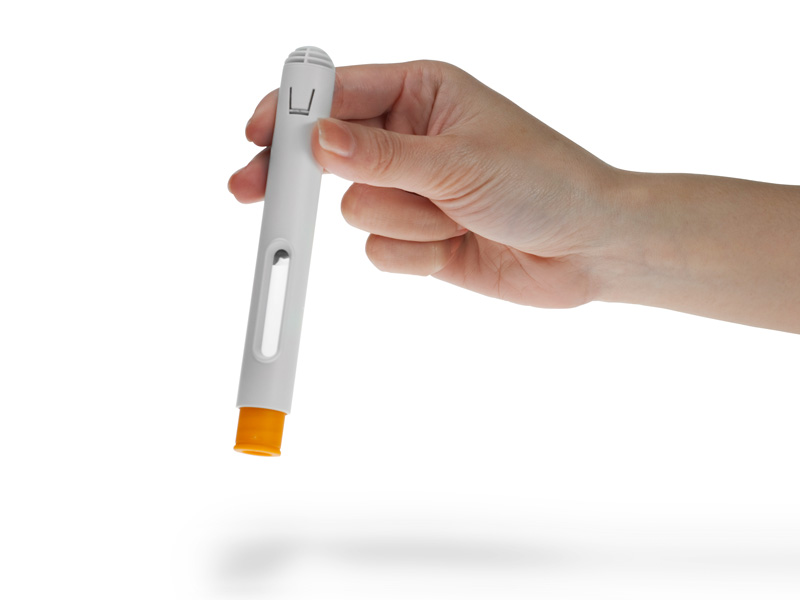Self-Administration: Power to the Patient, Savings to Healthcare
Pharma firms are looking to collaborate with the right delivery device partners as a number of rapidly changing factors across the pharmaceutical landscape converge and create the demand for alternate drug delivery technologies.

The global drug delivery market, worth $142.5 billion last year, is segmented on the basis of route of administration into nine categories - oral, pulmonary, transdermal, injectable, ocular, nasal, topical, implantable, and transmucosal drug delivery. In recent years, delivery technologies have grown exponentially from simple reformulation and release products to ground-breaking platforms that allow for immense potential in the effective delivery of biologicals and novel drugs. The new Drug Self-Administration to 2018: Drug Products, Indications, Markets and Forecasts report, aims to analyze this growing trend.
In combination with the escalation of new biological drugs and patent expiries of certain blockbuster drugs, the growing trend toward self-administration for chronic diseases (i.e diabetes and cancer) has inspired a wave of sophisticated, application-specific injection, inhalation and transdermal drug products, according to the study from Global Information, in partnership with Greystone Research Associates. These nascent consumer-driven and safety vigilant products have been motivated by the rising incidences of such diseases and the increasing number of elderly patients who wish to stay at home for treatment.
Calls for Change
Saving on healthcare costs is another factor driving self-administration as patients wish to minimize visits to their physician wherever possible. According to a recent editorial in the New England Journal of Medicine, changing Medicare's policy to permit patients to self-administer injectable drugs in their homes could create “substantial savings” without inhibiting patient safety or treatment effectiveness.
Presently, in order to qualify for reimbursement, the Centers for Medicare and Medicaid Services (CMS) require that drugs that are “usually” administered in a doctor's office to be actually administered there, rather than by the patient in their preferred location. The editorial maintains that this policy ensures that physicians will opt to perform these inoculations (in their office) even when they believe self-administration would reduce costs and increase treatment effectiveness for the patient.
Many injectables, including azacitidine, an injectable drug that is used to treat myelodysplastic syndrome, can be safely and easily injected by the patient in the comfort of their own home. But as Medicare effectively requires the drug to be administered in-office, the charge comes in between an average of $300 and $500 per patient per visit.
While a home-injection program would need to be introduced gradually, with safeguards such as patient education and initial monitoring causing front loaded costs, the authors of the editorial insist that a home-injection program would still ultimately result in lower costs for the US health system – up to billions of dollars – not to mention better compliance from the patients involved.
Innovative partnerships
Because of their ability to safely and efficiently meet treatment standards for both legislators and patients, the future of drug self-administration looks set to be swamped with non-oral drug delivery products. In this respect, strategic collaborations – striking the right partnership deal – and expanding applications of drug delivery into niche therapeutic areas represent vast opportunities for ambitious players in this market.
Only yesterday (20thMay), US-based specialty pharmaceutical company Zogenix in collaboration with Battelle Memorial Institute announced new data supporting the value of their DosePro needle-free injection technology in the delivery of biologics. In several clinical trials and market research studies, needle-free technology such as theirs has been shown to positively impact patient acceptance of self-injectable therapies, leading to greater adoption and adherence of subcutaneously administered biologics.
